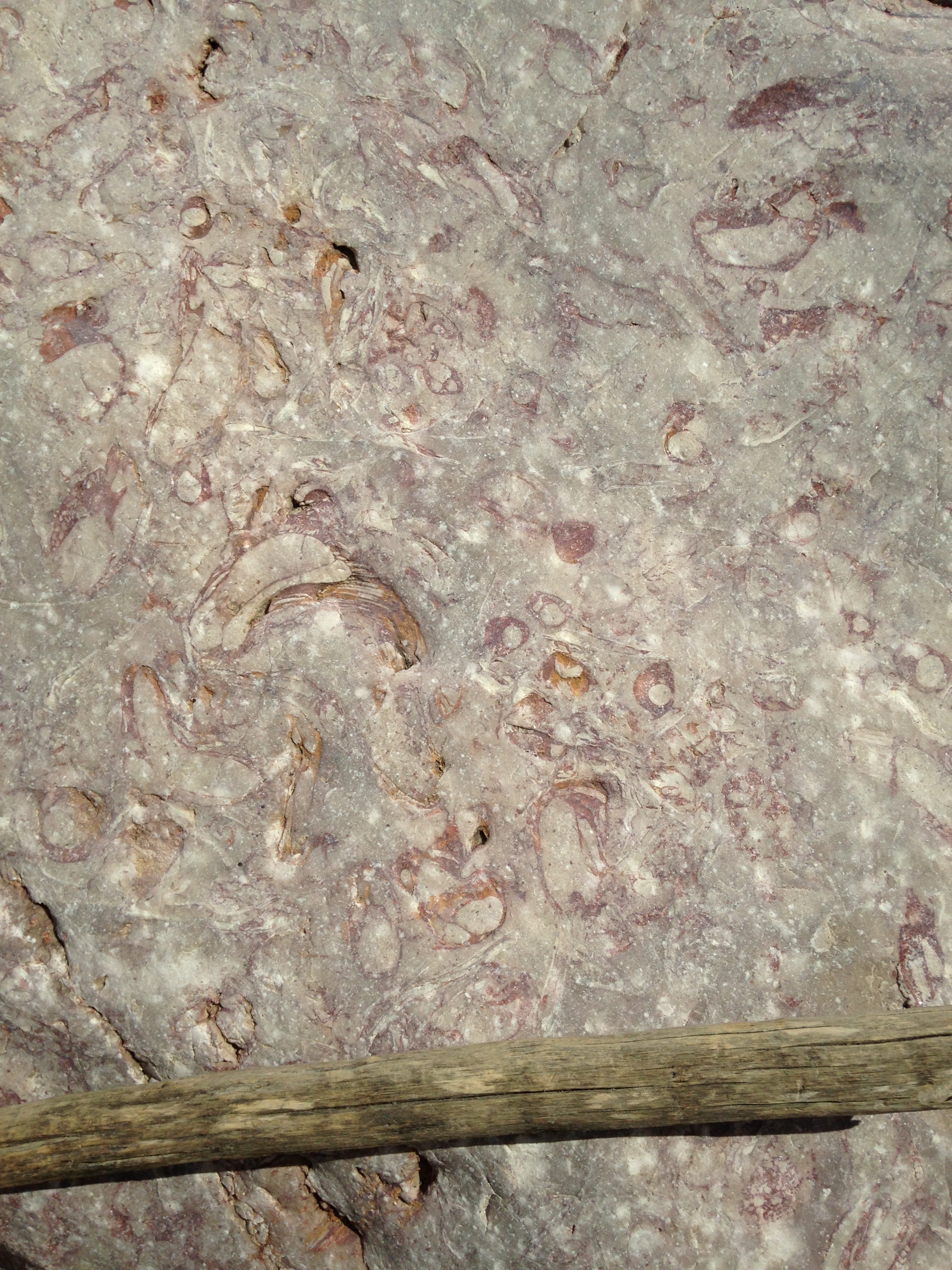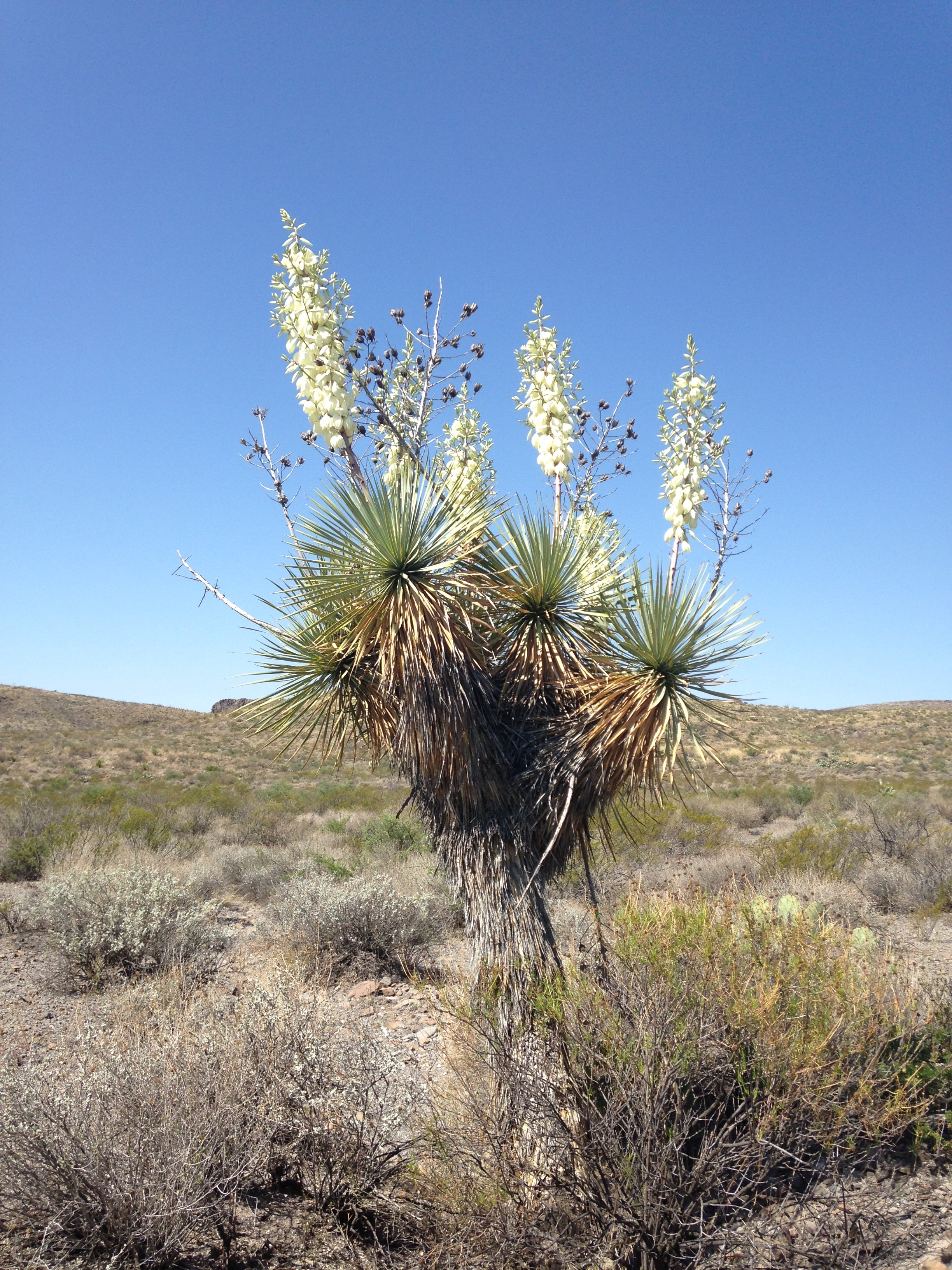Spectacular outcrops of Upper Cambrian microbial reefs and related facies in Mason County, Texas:
Unique opportunities to assess varying scales of spatial facies variation and potentially serve as important subsurface reservoir analogs
Dr. André W. Droxler
Spectacular outcrops of Upper Cambrian microbial reefs and related facies in Mason County, Texas, offer unique opportunities to assess varying scales of spatial facies variation and potentially serve as important subsurface reservoir analogs. The main microbial interval, covering 25 km2 in the study areawhere bioherms and biostromes beautifully crop out in cliffs and pavements (bedding plane exposures)along several river and creek valleys, has yielded important reservoir insight along several key themes.
Exploration-scale variability – These deposits formed on a broad ramp-like shelf during an overall transgression. Cliff exposures show the stratigraphic framework and positioning of the microbial interval above a prominent flooding surface, as well as the largest-scale clustering of reefs. Multiple 8-15 m-thick and 65-90 m-wide microbial reefs are linked laterally by a series of oolitic and skeletal grainstone beds alternating with thinner siltstones.
Development-scale variability – Closer examination of the cliffs reveals three growth phases to the reefs, evolving from an initial ‘colonization’ phase, into a ‘vertical aggradation and lateral expansion’ phase, and ultimately into a ‘capping’ phase and reef demise. Internal facies and relations between reefs and adjacent sediments vary with the growth phases. Pavement outcrops show field-scale and interwell-scale clustering of reefs along with a spectrum of reef attributes.
Reservoir modeling input – One pavement unique for its size (600m x 200m) and quality of exposure offers key scaling insight into reef heterogeneity across a range of scales (large from 15 to 40 m in length, medium 1.5 to 15 m, and smallest 10 to 80 cm) and quantification of reef attributes such as size, shape, orientation, spacing, and rind vs core proportions. As the size of a microbial head/reef increases the shapes becomes more elongated in one direction, growing parallel to a dominant environmental condition (likely currents).
Facies definition – Extensive coring of the outcrops (n=230) shows details of rock textures for various depositional environments, including stromatolitic reef core, thrombolytic reef rind (outer margin), and inter-reef deposits. In general, thrombolitic fabrics retain minimal porosity and permeability and have been mostly unaffected by diagenesis compared to the relatively high porosity and permeability of stromatolitic fabrics, which have been heavily dolomitized.
bio
I am a professor in the Department of Earth Science and currently the Track Director of the Science Master's Program - Subsurface Geoscience. My research has focused on studying the morphology of and the sediments accumulating on slopes and basin floors surrounding coral reefs and carbonate platforms. Over the past 30 years, I have conducted research programs mostly in the Bahamas, offshore Jamaica, along the Belize margin, in the western Gulf of Mexico, in the Maldives (Indian Ocean), along the Australian Great Barrier Reef and in the Gulf of Papua (Papua New Guinea). The main focuses of my research include the regional and global evolution of coral reefs through time, the paleo-oceanographic/climatic and sea level records archived in the sediments deposited around reefs and carbonate platforms. In contrast with my 30 years plus research as a marine geologist, I am currently conducting research on Upper Cambrian Microbial Reefs in Mason County, Central Texas funded by an Industry Consortium in collaboration with my colleague Prof. Dan Lehrmann at Trinity University in San Antonio (Texas).
My work has been funded by the National Science Foundation, the American Chemical Society, and grants from oil and gas companies.
Before becoming an assistant professor at Rice in January 1987, I was a postdoctoral research scientist at the University of South Carolina from 1985 to 1986. I received my Master’s degree equivalent from the University of Neuchâtel (Switzerland) in 1978 and earned his Ph.D. from the Rosenstiel School of Marine and Atmospheric Sciences at the University of Miami (Florida) in 1984.































